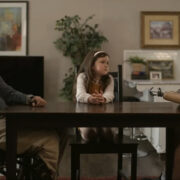Terror In The Plausible: How Biohazard Horror Heightens Our Fear By Scaling Back The Viral Stakes
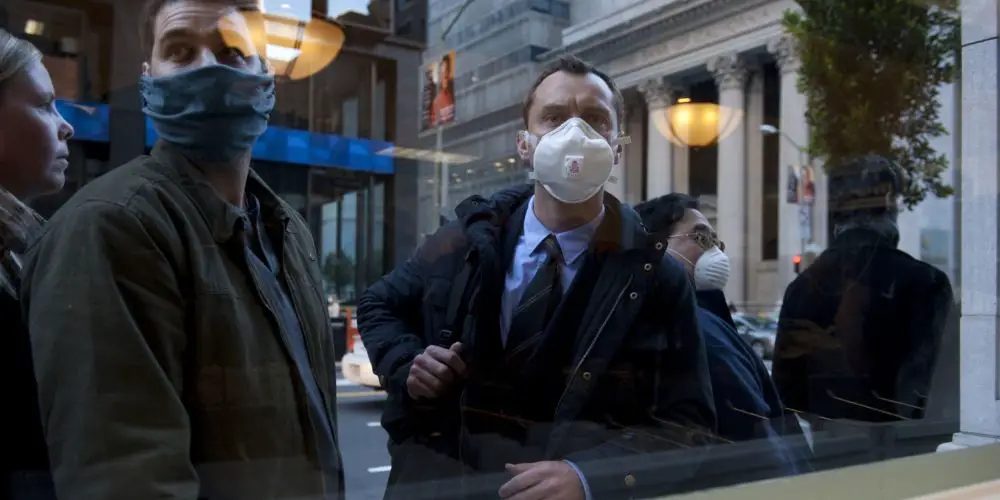
Michelle was gifted a VHS tape of Elia Kazan's "Splendor…
When we think about viruses in cinema, we usually think about them in conjunction with turning us into the undead. Indeed, the stunning alacrity and volume at which Hollywood churns out zombie epidemic films begs us to wonder if we have truly exhausted the “what if?” nature of this particular vein of horror. From films like I Am Legend to World War Z we are taught that, in the event of an epidemic, turning into a zombie is the worst possible thing that could happen to a human being. In essence, these films seek to ante up the horror by asking us to consider a fate worse than death.
However, in order to consider such a fate, we must willingly suspend our disbelief and accept a world where zombies can actually exist. This ensures a certain level of cognitive dissonance between our concrete reality and the stakes onscreen since we know it is fake. Our willingness to suspend our disbelief thus renders the on-screen threat unable to realistically infect our sense of safety.
But what if these fictitious elements were stripped away and we were only left with the plausible to create a horror narrative?
Enter biohazard horror. Unlike zombie epidemics, biohazard horror takes “what if?” a step further by scaling the thematic stakes back down to the realm of the plausible. Rather than asking us to consider a zombie fate as worse than death, biohazard horror asks us to consider the very real threat of plague and violence to our own fragile mortalities.
Not Just A Story: The Historical Basis For Biohazard Horror
Rather than using zombie reanimation to highlight the threat of an onscreen virus, biohazard horror asks us to engage with our primal fear of death by drawing upon our real world knowledge of plague and its legitimate threat to our everyday lives.
Although lauded as a stylistic film noir for its artful use of cinematic chiaroscuro and mise-en-scène, Elia Kazan’s 1950 film Panic in the Streets realistically hypothesized a plague scenario without taking it into the realm of the fictitious. The film’s multi-thematic narrative appealed to audiences’ relevant fears (at the time) about the spread of disease and the ever lurking threat of danger in their own lives.
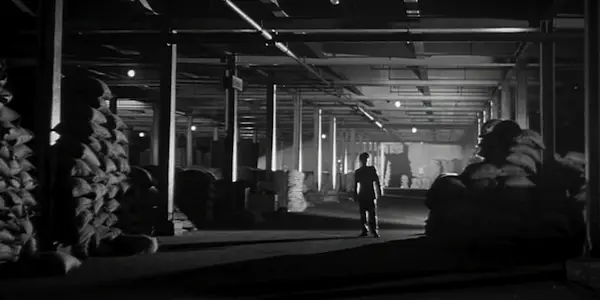
Panic in the Streets follows the exploits of a doctor and police officer’s desperate attempt to track down a group of gangsters who simultaneously murdered and became infected by a man carrying the bubonic plague. The film was released two years before the height of the polio epidemic, and five years before Dr. Jonas Salk would introduce his life-saving vaccine to the world.
Thus, one could assume that audiences worldwide watching Panic in the Streets had a tangible basis for the fear of plague; the mortality rate for polio was rising worldwide and there was at that time no way to stop its spread. Rather than asking them to suspend our disbelief and entertain an alternate reality where a virus can reanimate the dead, Panic in the Streets asked audiences to consider the fragility of normal every day life by emphasizing the ways in which it is vulnerable to unknown threats.
Utilizing the real world relevancy of epidemics is a tradition still utilized in modern biohazard films. In Steven Soderbergh’s Contagion we follow a team of healthcare professionals who are attempting to identify the cure for a fatal flu epidemic that has already begun to spread. Like Panic in the Streets, Contagion’s characterization of the flu-like plague resonated with society’s own current paranoia about airborne pathogens and the spread of disease in the 21st century.
Premiering in 2011, Contagion drew its inspiration from the H1N1 Flu Pandemic, which has killed an estimated 575,400 people since the strain was first discovered in 2009. Although not nearly as fatal as polio, news of fatalities occurring all over the world spread like wildfire thanks to social media and people were fearful that they were a sneeze away from death.
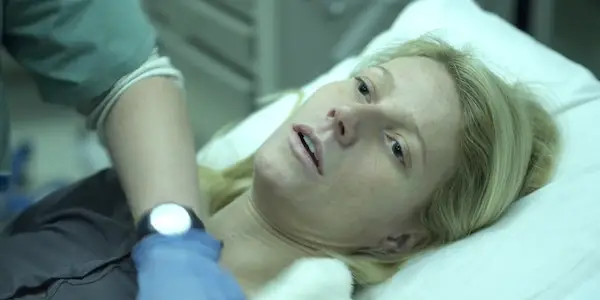
In biohazard horror films, the viral threats onscreen take on a realistic nature, which makes the character’s deaths on screen more permanent as they are no longer active participants in the on-screen narrative once they die. This is much like life itself, and biohazard horror seeks to connect with that awareness of our mortality and craft plausible villains whose threats have roots within our real world knowledge of biohazard disasters and human nature.
It’s not just the film’s main theme that heightens its appeal to our innermost fears though, it’s also the sub-themes it infuses throughout the greater narrative that also add to the sense of vulnerability we feel towards the threats of the world outside and within our own bodies.
Compounding The Threat: How Sub-themes Further Erode Our Sense of Safety
Though the majority of Panic in the Streets focuses on the theme of virus and plague, Kazan made the threats to our mortality more tangible and relatable by also addressing the violence of human nature and how that can be as deadly as disease. He challenged the idea in film that there must be a titular villain and showed us that simultaneous threats can occur in a disaster narrative.
In the beginning of the film, victim zero attempts to leave a game of poker, but is chased down and shot by a gangster named Blackie (played by Jack Palance). Instead of falling victim to the virus that would eventually kill him, patient zero was murdered at the hands of a human being. In Kazan’s world and in the greater biohazard horror genre, we are neither safe from pestilence or man, further echoing the real world threats that constantly surround us.
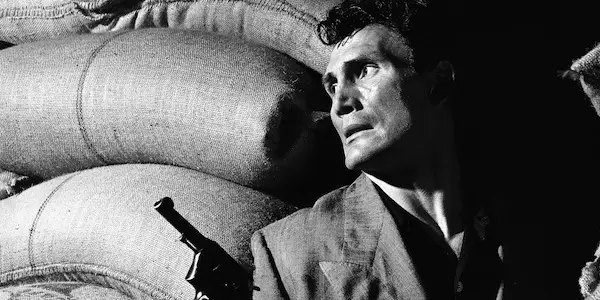
The use of sub-themes to underline the greater biological threat is a technique that has become a defining aspect of biohazard horror. In Contagion, the sub-theme of human nature as inherently violent is used to heighten the sense of danger to our safety. As the virus in Contagion spreads and survival supplies dwindle, society begins to unravel.
In one integral scene, the main character hears a gunshot outside and discovers that looters have ransacked his neighbor’s house and killed everyone inside. Like Kazan’s patient zero, this family fell victim to human propagated violence before the unknown plague had a chance to complete its task in them. It’s sobering to realize that even if an unknown virus doesn’t get us first, another human being can be the one to bring about our end if the settings are just right. It’s one of the ways in which the threat of violent human behavior is used to highlight our vulnerability as we watch the greater outbreaks occurring on screen.
However, in order to avoid veering into the dogmatic, one must wonder if we lose something when we judge a horror film’s merit solely based on its relation to the concrete world.
The Limits of Bio-Hazard Horror’s Realism
If horror only rested on the plausibility of a scenario, then why do horrific dreams wake us up at night and why do human clowns inhabit such dark crevices of society’s psyche? Whether that be a realistic fear of bubonic plague, or an exaggerated zombie fest – both scenarios access the part of ourselves that feels vulnerable to threats beyond our control. Even films about unrealistic zombie apocalypses represent a plausible fear to someone with kinemortophobia (fear of zombies).
In a way, horror gives us the ability to visually contextualize our innermost fears – whether those threats be concrete or imaginary. If disaster horror were to only rest on the plausible, narrative imagination would be severely limited and we would merely have different renditions of the same logical scenario over and over.
In Conclusion
So perhaps the plausibility of the scenario doesn’t matter so long as the emotional impact is the same. So long as the catastrophe on screen is enough to make us fearfully ask “what if?” In this way, we can appreciate both the fantastical and plausible in representing that which can disrupt our current sense of stability and safety.
I believe we need both the imaginary and the real, since they both address the root of our fears: that which is unknown.
So tell me, readers. What type of horror films resonate the most with YOUR worst fears?
Does content like this matter to you?
Become a Member and support film journalism. Unlock access to all of Film Inquiry`s great articles. Join a community of like-minded readers who are passionate about cinema - get access to our private members Network, give back to independent filmmakers, and more.
Michelle was gifted a VHS tape of Elia Kazan's "Splendor in the Grass" when she was 7 years old and has been in love with film ever since. She studied film theory at Dartmouth College and enjoys reading about films just as much as she enjoys watching and making them. She doesn't have a blog, but she does have an instagram full of doodles, lighting and grip equipment shots and one too many photos of her baby niece.



